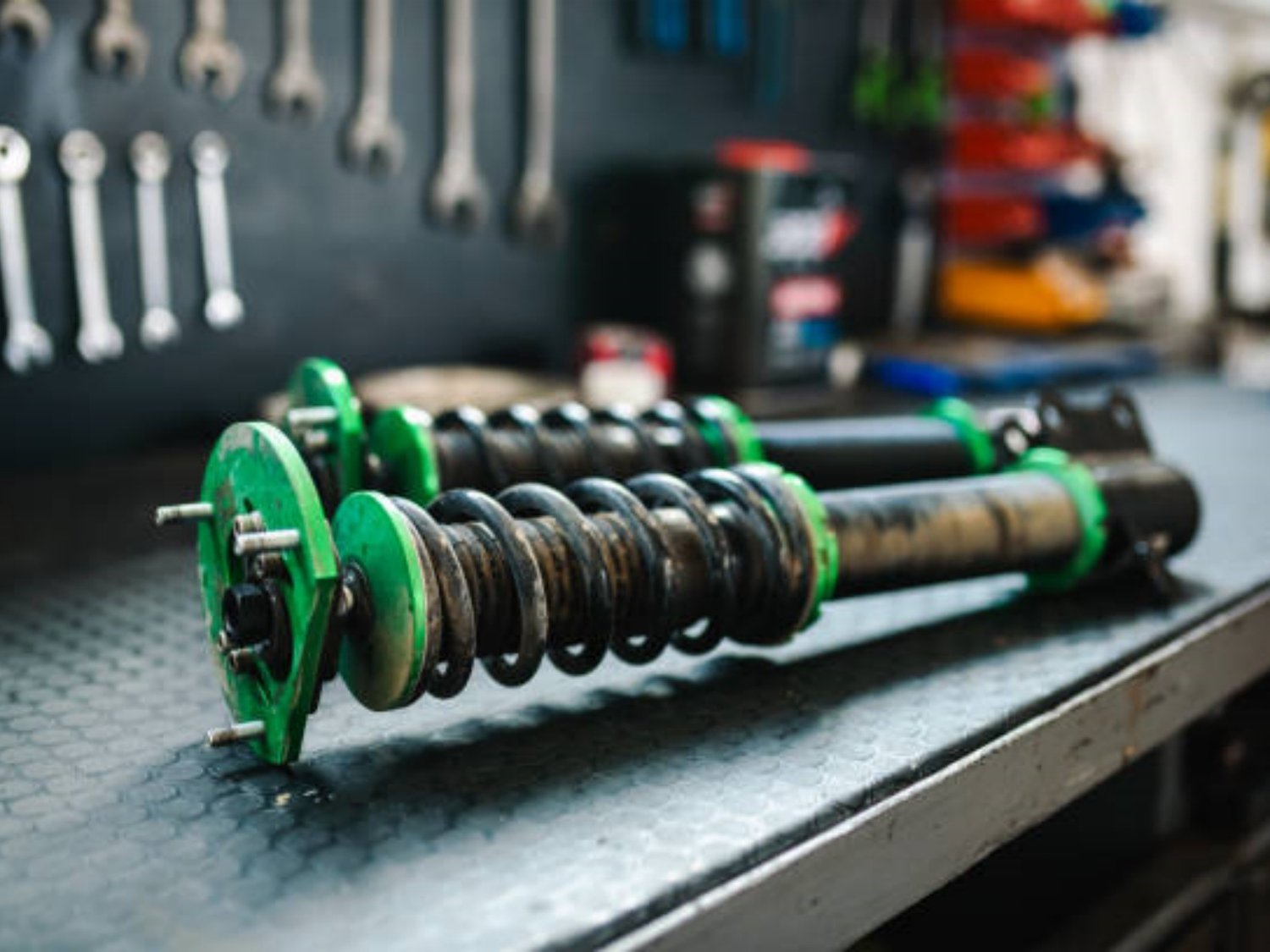The Art of compression spring design: A Comprehensive Guide
Compression springs are a vital component in various industries, providing the necessary force to store energy and absorb shocks or impacts. The design of these springs is crucial to their performance and longevity. In this article, we will explore the key aspects of compression spring design, from material selection to design considerations, and everything in between.
1. Understanding Compression Springs
Compression springs are helical springs that exert a compressive force when squeezed or pressed. They are widely used in applications such as automotive suspensions, industrial machinery, and even household items like pens and mattresses. The design of a compression spring determines its characteristics, including its load-bearing capacity, deflection, and durability.
2. Material Selection
Choosing the right material for a compression spring is essential for its performance and longevity. The most common materials used for compression springs are carbon steel, stainless steel, and alloy steel. Carbon steel offers excellent strength and durability at a lower cost, while stainless steel provides corrosion resistance. Alloy steel combines the benefits of both materials, offering high strength and corrosion resistance.
3. Wire Diameter and Coil Diameter
The wire diameter and coil diameter are critical parameters in compression spring design. The wire diameter determines the strength of the spring, while the coil diameter affects its deflection and stability. These parameters should be carefully considered to ensure the spring can withstand the required load and maintain its shape under various conditions.
4. Spring Rate
The spring rate, also known as the spring constant, defines the relationship between the force applied to a compression spring and its deflection. It is calculated by dividing the force by the deflection. The spring rate determines how much force is required to compress the spring a certain distance. It is an important factor to consider when designing a compression spring for a specific application.
5. End Types
The end types of a compression spring play a crucial role in its overall performance. The most common end types include closed and ground ends, open ends, and squared ends. Closed and ground ends provide stability and reduce stress concentrations, while open ends allow for lateral movement. Squared ends are typically used when the spring needs to be secured in place.
6. Stress and Fatigue
Compression springs are subjected to significant stress and fatigue during operation. Understanding the stress levels and fatigue life of a spring is crucial for its design. Factors such as material selection, wire diameter, and coil diameter directly impact the spring's stress and fatigue performance. It is important to ensure that the spring is designed to withstand the expected stress and has a sufficient fatigue life.
7. Solid vs. Hollow
Compression springs can be manufactured as solid or hollow. Solid springs are made from a continuous wire, while hollow springs have a gap or opening within the coil. Hollow springs offer weight reduction and increased flexibility, while solid springs provide higher strength and stability. The choice between solid and hollow springs depends on the specific requirements of the application.
8. Design Considerations for High Temperatures
In applications where compression springs are exposed to high temperatures, special design considerations are necessary. High temperatures can affect the material properties and performance of the spring. Factors such as material selection, surface treatment, and stress levels must be carefully evaluated to ensure the spring can withstand the extreme temperature conditions without compromising its functionality.
9. Custom Compression Springs
Many applications require custom compression springs to meet specific design requirements. Custom springs are designed and manufactured to precise specifications, taking into account factors such as load requirements, space limitations, and environmental conditions. Working with an experienced spring manufacturer is essential to ensure the custom compression spring meets all the necessary specifications and performs optimally.
10. Quality Assurance and Testing
Ensuring the quality and performance of compression springs is vital to their reliability and longevity. Spring manufacturers employ various quality assurance measures, including dimensional inspections, load testing, and fatigue analysis, to verify the performance of the springs. These tests help identify any potential design or manufacturing flaws and ensure that the springs meet the required specifications and standards.
compression spring design, compression springs, material selection, wire diameter, coil diameter, spring rate, end types, stress and fatigue, solid vs. hollow, high temperatures, custom compression springs, quality assurance, testing The Art of Compression Spring Design: A Comprehensive Guide This comprehensive guide explores the key aspects of compression spring design, including material selection, wire diameter, coil diameter, spring rate, end types, stress and fatigue, solid vs. hollow design, high temperatures, custom compression springs, and quality assurance testing.

